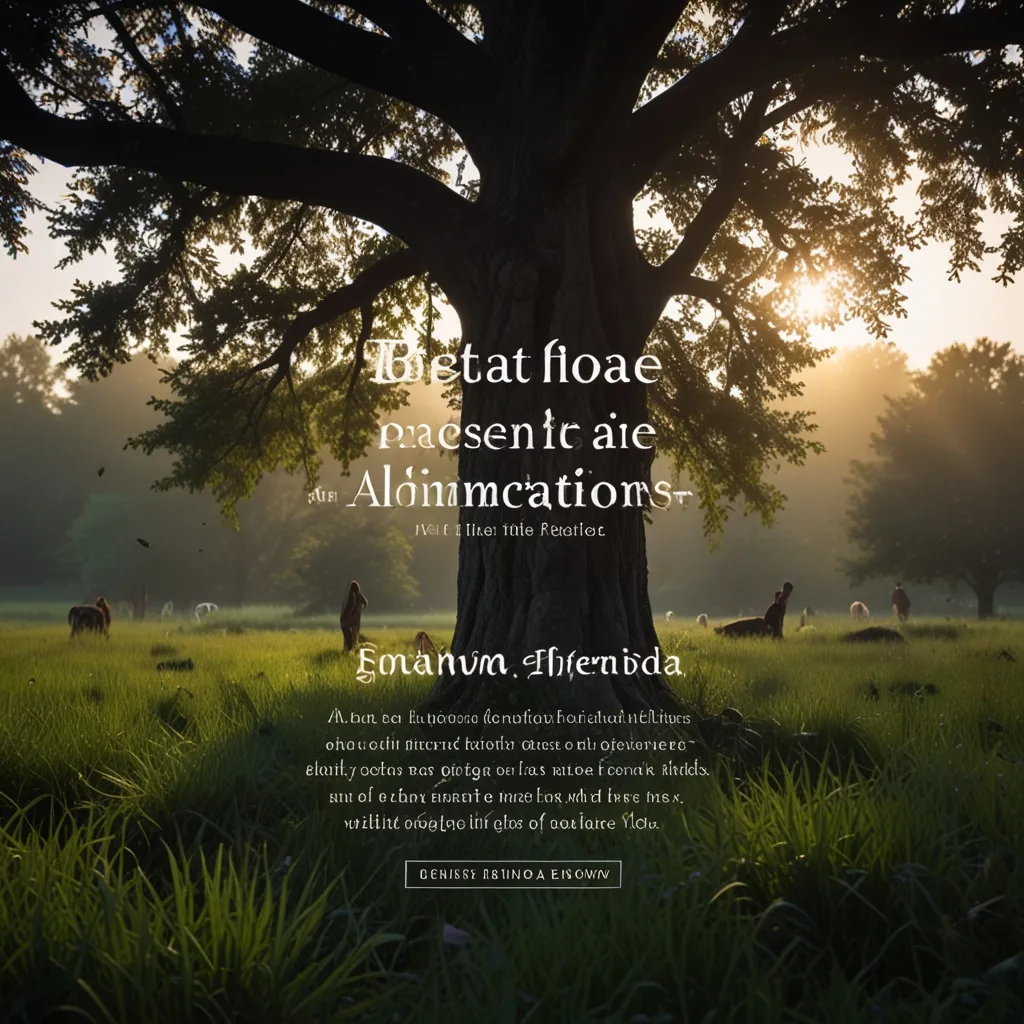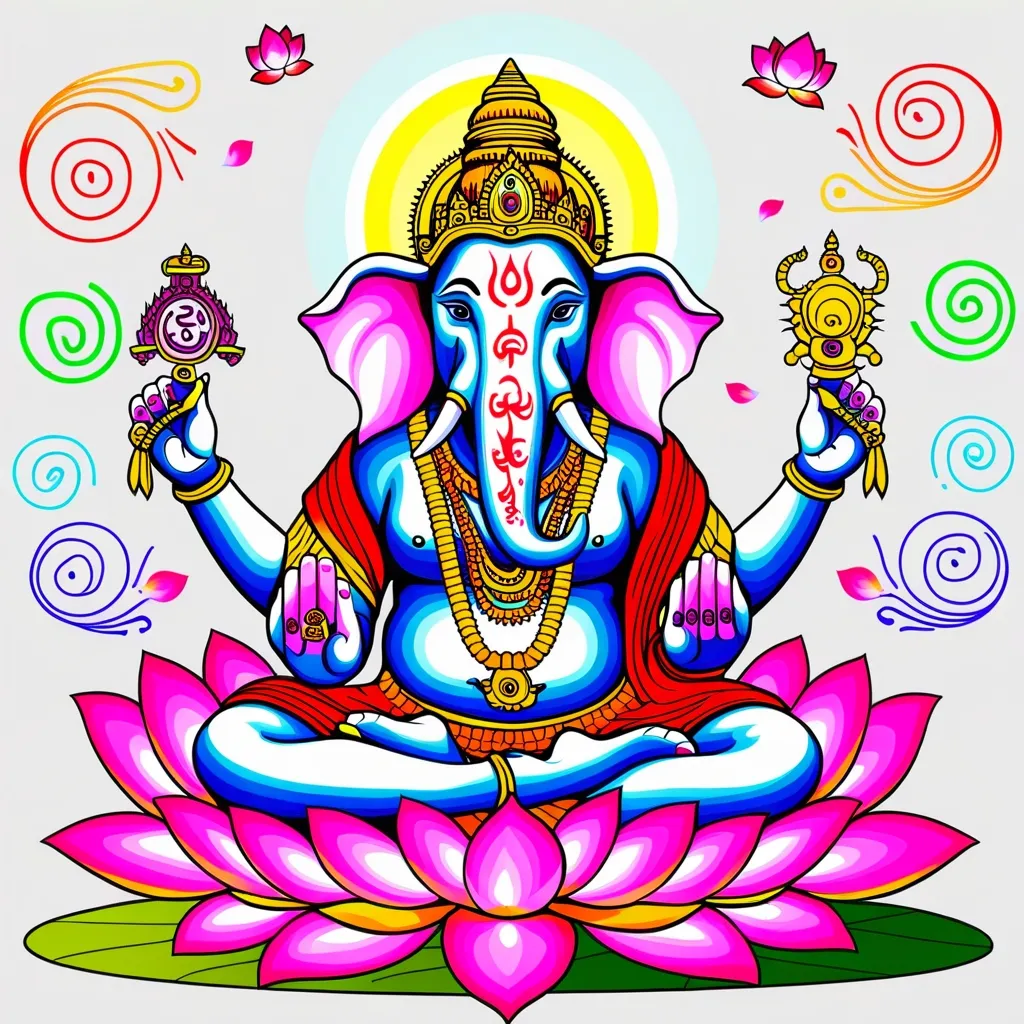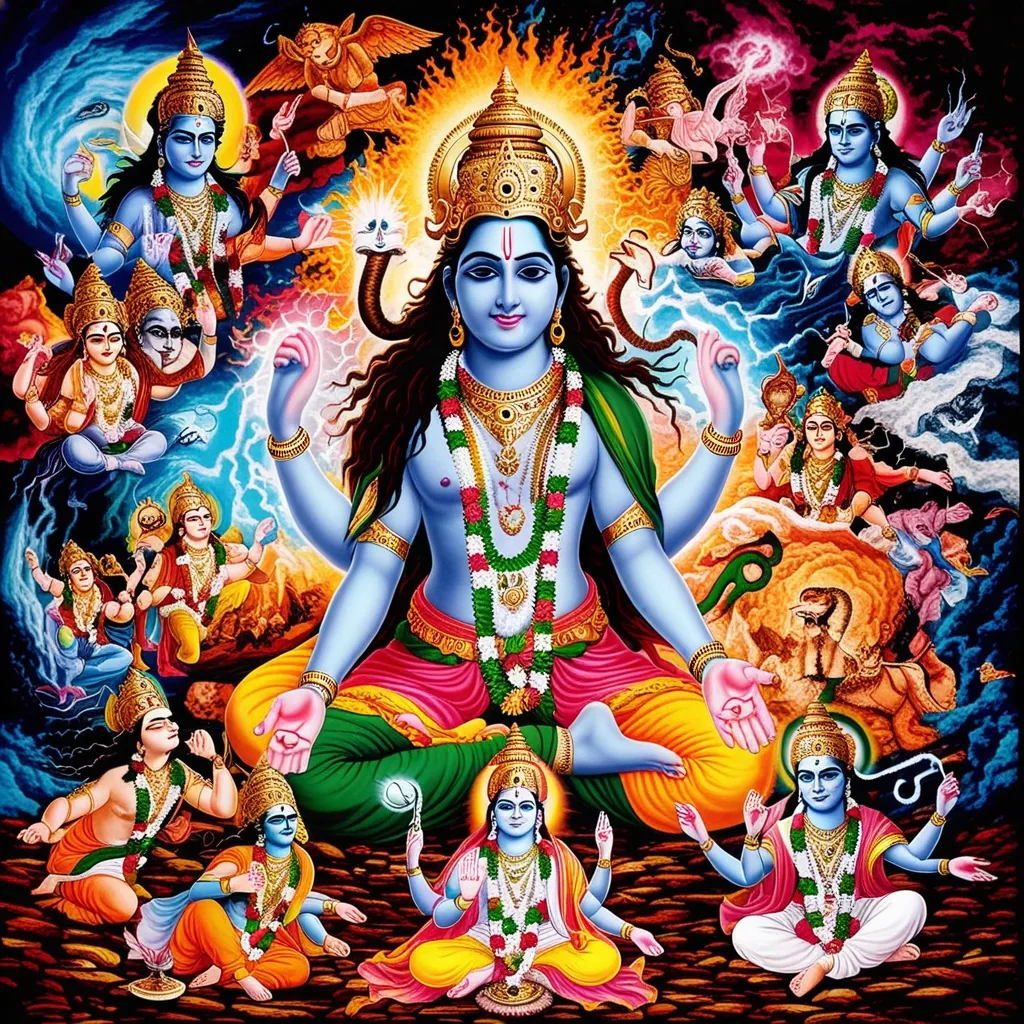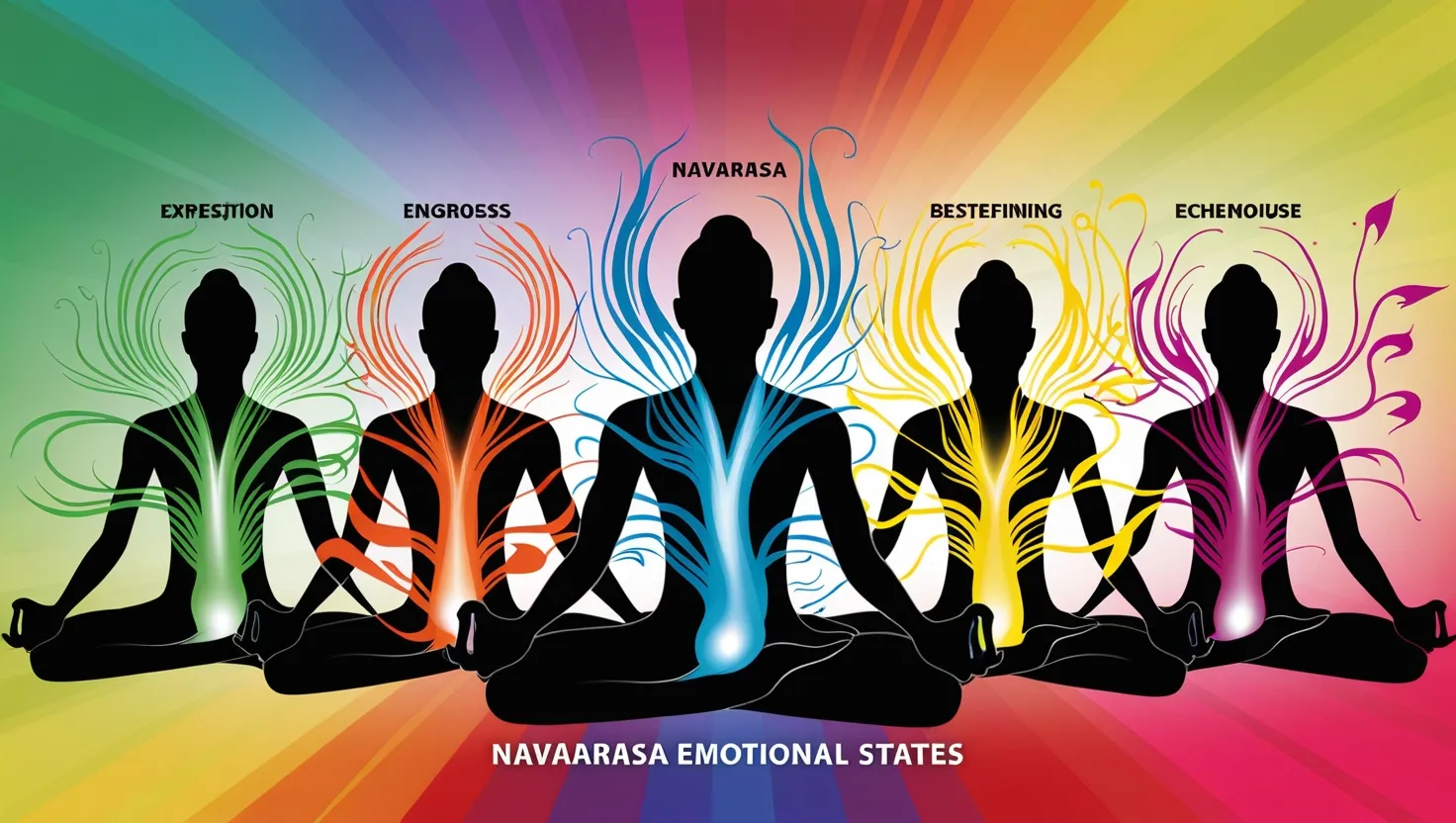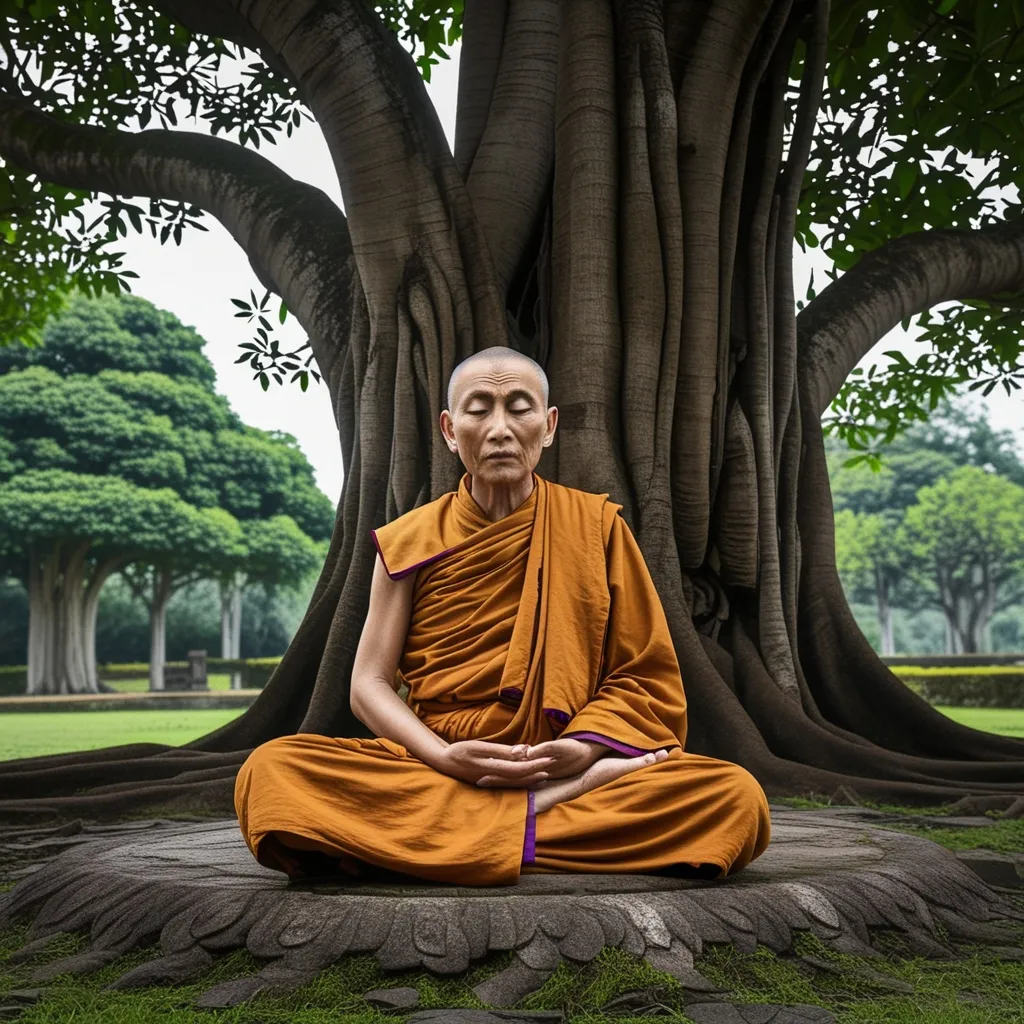In the vast landscape of Hindu philosophy, a particularly fascinating element is the concept of the three gunas: sattva, rajas, and tamas. These aren’t just abstract ideas floating in the ether; they’re vibrant, dynamic forces that mold our thoughts, actions, and entire experience of reality. They help us decode not only what’s happening around us but also what’s buzzing inside us.
First, let’s dive into the world of sattva. This is the guna that sings of goodness, serenity, and harmony. It’s like the feeling you get after you’ve cleaned your room and everything’s in its place. Sattva is purity, a soft balance, bringing along lightness and joy. You know those days when you wake up early, meditate, enjoy a balanced routine of work and relaxation, indulge in wholesome foods, and maybe even get some yoga in? That’s sattva in action. It’s all about finding joy in simplicity and higher thoughts, like savoring deep conversations or just being genuinely content. Imagine your mind being as still and clear as a calm lake — that’s the magic of sattva.
Then, we transition to the spirited world of rajas. Think of rajas like the buzzing energy in big cities, full of passion and activity. It’s not all sunshine or rain; it’s that electrifying force sparking desires and action. Rajas drives people to seek challenges, chase success, and savor life’s sensory pleasures. Picture someone who’s ambitious, always hustling for that next goal. It’s a double-edged sword — motivation is great, but this can also lead to restlessness and competitiveness. Too much rajas, and your mind might feel like a car stuck in high gear, revving but not necessarily balanced.
On the flip side, tamas represents a more shadowy, sluggish quality. This is the inertia that glues you to your bed when you know you should be up and moving. Tamas is about decay, confusion, sometimes ignorance — a bit like being in a fog without a map. When tamas holds court, you might find yourself avoiding engagement, shying away from responsibilities, and numbing out from the world around you. Think of a person who prefers staying in the dark corners of solitude, not quite motivated to break out of their comfort zone. It’s like the world’s moving, but they’re in mute mode.
Now, what’s truly intriguing is how these three gunas don’t just exist in isolation. Instead, they are constantly interacting with one another, creating a rich tapestry of experiences in every individual. For example, a person might primarily have a sattvic nature but with rajasic undertones. This mix makes them calm yet ambitious — it’s quite fascinating how these forces play out in different scenarios. Take our everyday choices, like food: a sattvic meal promotes health, a rajasic one might boost energy temporarily but cause imbalance later, while a tamasic meal could leave you feeling lethargic and dull.
These gunas have psychological bearings as well. They play a crucial role in mental health, as various disorders might align with specific guna profiles. For instance, anxiety disorders could stem from an excess of sattva and rajas, missing the grounding aspect of tamas. In contrast, depression might arise from an overabundance of sattva and tamas, with not enough rajas to drive action and change. Understanding these nuances can significantly guide therapeutic interventions, encouraging practices like meditation or lifestyle adjustments to shift states from tamasic to more sattvic or balanced ones.
Practically, working with the gunas invites enhancing self-awareness and making more informed choices. It’s taking a step back, noticing the play of these forces, and consciously steering one’s life accordingly. When restlessness or competitiveness spikes, a moment of calm through mindfulness or meditation can allow the serenity of sattva to step in. Similarly, adopting a lifestyle that encourages sattva, like consuming fresh, nutritious food and embracing routine discipline, helps maintain this equilibrium.
Beyond personal psyche, the gunas stretch into ethical and spiritual territories. They influence our values and actions, intertwining with our ethical beliefs. Sattva leads us to kindness, compassion, and forgiveness. Rajas, however, leans towards egoistic pursuits, while tamas clouds us with ignorance and delusion. The spiritual journey within Hindu thought is to transcend these gunas, aiming for a state called gunatita — a state of ultimate bliss and self-realization, standing beyond the pull of these dynamic forces.
The wisdom embedded in the concept of gunas, drawn from Hindu philosophy, remains incredibly practical today. It offers a nuanced framework for understanding a wide scope of life, from individual behavior to broader ethical living. By recognizing sattva, rajas, and tamas in everyday life, there’s potential for a richer, more balanced experience. Armed with this insight, navigating life’s myriad complexities becomes just a tad simpler, steering towards a life filled with peace, harmony, and fulfillment.

